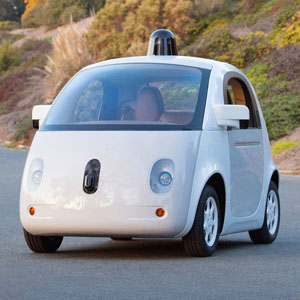Our experience and Dan Adam's research finds that outcomes that score 30% or more are likely to be good outcomes to solve.
The selection of which outcomes should be targeted in the design of your new product needs to be considered beyond this simple analysis. Select and choose the outcomes that you seek to deliver to the market. Undertake a review at this stage to make sure that the value you will receive from the market make business sense.
Strategy needs to be reflected in the choices as well. Competitor behaviour also influences the final decisions.
What you do have here is a set of valuable customer insights that will justify the requirements for your new product, rather than some untested ideas.
Testing
Testing of competitor products is always undertaken at some point of the product development program.
Undertaking side-by-side testing at this stage will help produce competitive references. The references help you set the performance levels for the product as product requirements.
Product Requirements
The product requirements are the specifications for the
product development. Include the selected important unfulfilled needs of your customers. They provide the constraints and objectives for the development team. They are extremely important. These requirements are what designs are tested against. Remember though, the requirements need to be adjusted as you gather more information and insights from your customers during product development.
Having identified the customer needs, you have a good understanding of what requirements are must haves and can trade off against these during product development. The end
Next step
Put your learning into practice. All product companies have ideas of what's next. Now is the time to uncover those customer needs - before you start on the expensive product development.
Be prepared to invest in understanding your customers needs. It is a proven approach that gets results.
Want to talk about how to start? Give our team a call or contact me directly. Shoot me an email This email address is being protected from spambots. You need JavaScript enabled to view it. and lets start a conversation.
About Jobs to Be Done
The Jobs To Be Done theory was developed over the past 25 years via the work of Tony Ulwick in the early 1990s. Clayton Christensen expanded, adapted and developed the theory at the end of the 1990s. Over the last decade, Bob Moestra and Chris Spiek developed the JTBD practice further. Tony Ulwick and his company Strategyn have 25 years of experience implementing his patented process. A process which is proven to create successful new products 79% of the time.
About Bayly
At Bayly we believe that successful products can consistently be developed.
Many companies will take your idea and just design it regardless of its realisable value. We specialise in helping you take a step back to create a strong foundation for your product based on your customer's most important and valuable needs. Let's not even talk about design until you have that strong foundation. Your success is our success and we want you to succeed in business.
Was this article useful? Sign up and we'll send you our monthly Re:Design newsletter.
- Adams, D, "New Product Blueprinting, the Handbook for B2B Organic Growth"







